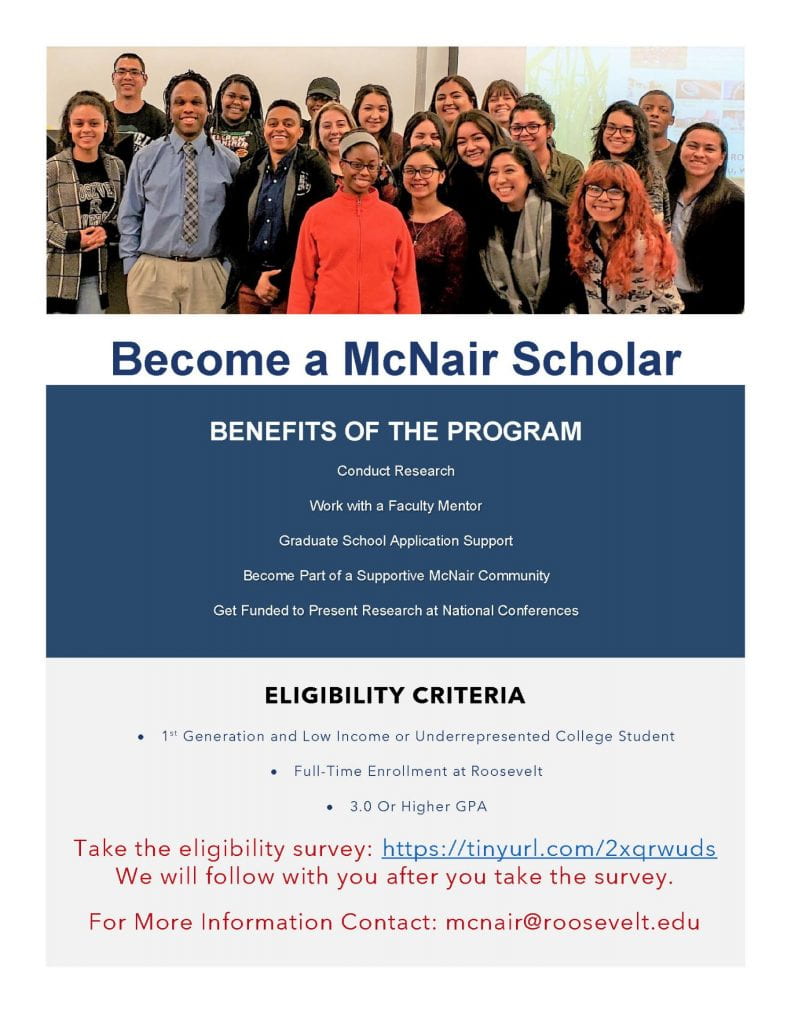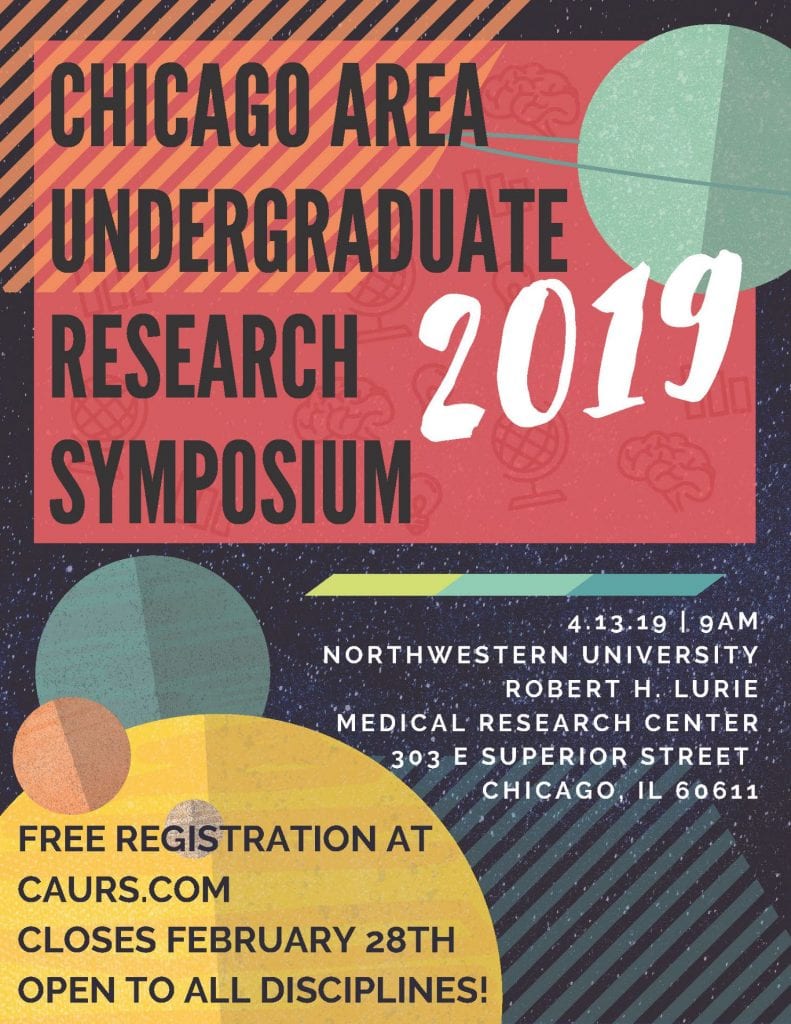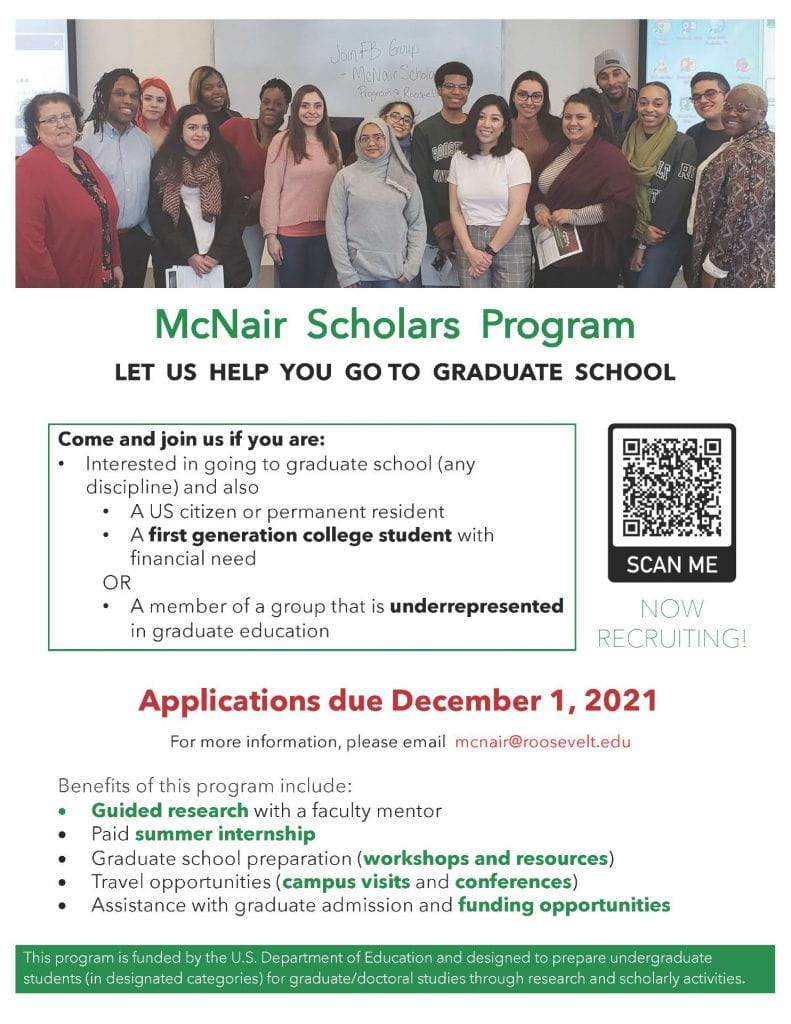 For more information, check out the McNair Scholars Program @RooseveltU! I highly recommend this program and am glad to have served as a McNair faculty mentor since January 2021.
For more information, check out the McNair Scholars Program @RooseveltU! I highly recommend this program and am glad to have served as a McNair faculty mentor since January 2021.
Category: Research
McNair Scholars Program Recruiting for 2021-22
RU undergraduate students: Take this eligibility survey to see if you qualify for the McNair Scholars Program. Program staff will follow up with you after you take the survey. For more information, contact: mcnair@roosevelt.edu
Get Paid To Do Research this Summer 2021
SUST majors @RooseveltU, particularly those who have had some biology and/or environmental science classes, are in a good position to apply for a Research Experience for Undergraduate (REU) summer fellowships, offered through generous funding by the National Science Foundation. These fellowships are excellent opportunities to work directly with scientific researchers on lab- and field-based topics, gain hands-on research experience, and network with fellow undergrads from other schools. Plus they’re well compensated with a fellowship stipend of several thousand dollars. (Yes — you read that correctly.)
Here in the Chicago region there are several notable REU programs that offer multiple paid fellowships, including those based in the Chicago Botanic Garden’s Plant Biology and Conservation Program (2/5 application deadline) and Northeastern IL University‘s water quality study in the Yucatan Peninsula (2/15 deadline).
Further afield, there are many other opportunities available in Illinois, in the Midwest, and across the US. Two excellent ones, for example, are the Climate Change in the Great Lakes Region program at the University of Michigan Biological Station (2/15 deadline) and the Woods Hole Oceanographic Institution’s Summer Student Fellowship program (2/5 deadline). Both have very generous stipends and are phenomenal places to spend a summer doing field-based environmental research! (Coincidentally, SUST prof Mike Bryson worked at both of these sites back in his college days in the late 1980s, when the REU program was a new thing.)
Interested applicants should also check out the NSF’s REU Students website for access to dozens of fellowships opportunities across across the US. Consult individual program sites for 2020 application materials and deadlines, which are usually in late January or throughout February/March.
 Back in summer 2012, SUST alum Allison Breeding (BA ’13) won a REU fellowship at SIU’s Center for Ecology and studied agroecology in beautiful Southern Illinois. She blogged about her experiences here and presented an overview of her research at the October 2013 Sustainability Studies Student Symposium.
Back in summer 2012, SUST alum Allison Breeding (BA ’13) won a REU fellowship at SIU’s Center for Ecology and studied agroecology in beautiful Southern Illinois. She blogged about her experiences here and presented an overview of her research at the October 2013 Sustainability Studies Student Symposium.
Want to learn more? Check out the links above! And remember: you can’t get one of these awesome fellowships unless you apply . . .
From the NSF Website (REU For Students):
NSF funds a large number of research opportunities for undergraduate students through its REU Sites program. An REU Site consists of a group of ten or so undergraduates who work in the research programs of the host institution. Each student is associated with a specific research project, where he/she works closely with the faculty and other researchers. Students are granted stipends and, in many cases, assistance with housing and travel. Undergraduate students supported with NSF funds must be citizens or permanent residents of the United States or its possessions. An REU Site may be at either a US or foreign location.
By using the web page, Search for an REU Site, you may examine opportunities in the subject areas supported by various NSF units. Also, you may search by keywords to identify sites in particular research areas or with certain features, such as a particular location.
Students must contact the individual sites for information and application materials. NSF does not have application materials and does not select student participants. A contact person and contact information is listed for each site.
Chicago Area Undergraduate Research Symposia in April 2019 & RU Workshop this Friday 2/22
This is a great opportunity for RU students in all disciplines to present their research, get public speaking experience, receive feedback from faculty experts on their work, network with fellow students at Chgo-area universities, and build professional credentials for their work résumés or grad school applications.
In addition, the Office of Student Research @RooseveltU is running a student workshop this Fri 2/22 at 1pm on the Chgo Campus geared toward preparing students for the RU Student Research Symposium on Fri 4/12 and/or the CAURS on Sat 4/13. See below for details!

Access the pdf of the above image.
FOIA Workshop Session @RU Monday 2/18
SUST and SOC majors, check out this excellent workshop at RU scheduled for tomorrow, Mon 2/18, at 11am in AUD 314. (See this pdf).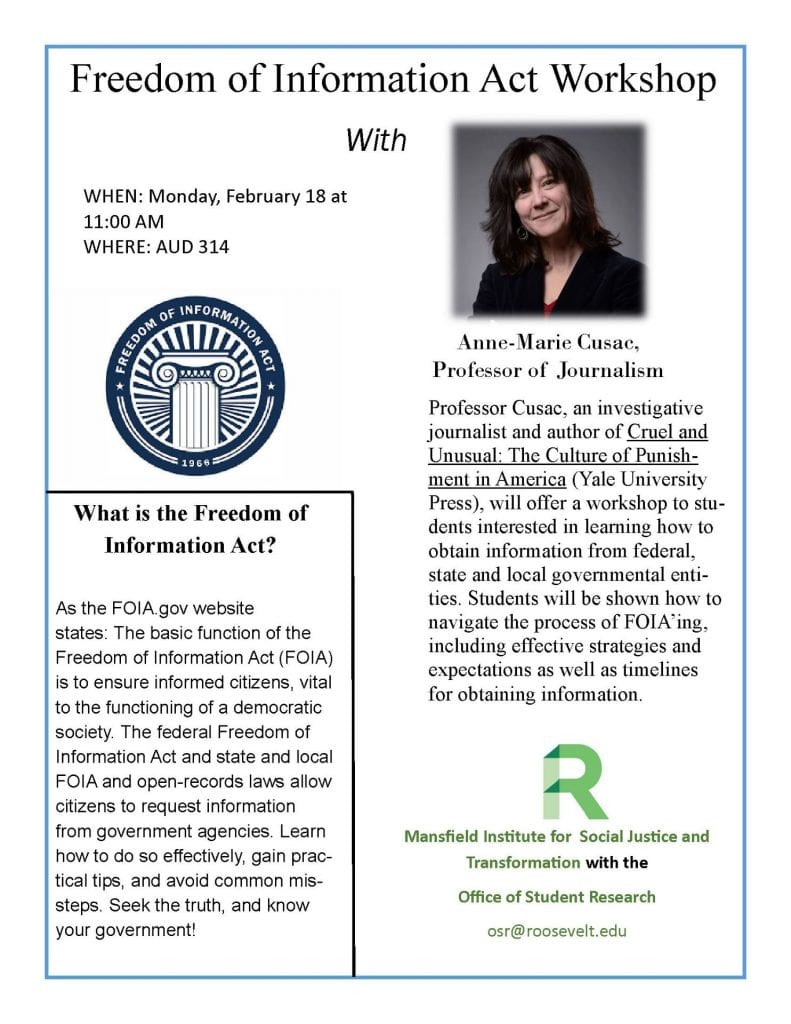
This workshop is ideal for students in my current SUST 340 Policy, Law, & Ethics course, as well as for all SUST and SOC majors. If you’re on campus tomorrow and free at 11, I highly recommend attending! However, if you’re unable to make it, no worries: there will be handouts available — and Prof. Cusac is a good colleague of mine who would be happy to speak with you individually about how FOIA requests could enhance your environmental/sociological research.
RU Students! Apply Now for Funding thru the Office of Student Research
To my RU students and advisees — the new Office of Student Research is currently accepting proposals (due Nov. 15) for student research projects for Spring 2019. See below for details, and check out the OSR website for more info. Contact me via email if you have an idea and want to brainstorm. This is a phenomenal opportunity to get funding do a scholarly, campus- or community-based, and/or creative project and, in the process, build your professional résumé!
The Office of Student Research offers financial and academic support to help students interested in developing and executing research and mission-related creative and scholarly projects. OSR initiatives support students at each stage of the research process, from connecting with mentors and securing funding, to gaining research skills, to sharing results with the Roosevelt University community and beyond. The OSR also provides professional development, graduate school preparation resources, and information on nationally competitive summer programs and fellowships.
Fellowships – The OSR provides several types of fellowship awards to support students engaged in research and mission-related scholarship projects:
Early Research and Scholarship Fellowships ($1,000)
Available to all Roosevelt University students, especially first- and second-year undergraduate students, to begin research and creative scholarship early in their studies.
To learn more about eligibility, the application process, and expectations download the complete pdf guide
- Early Research and Scholarship Application
- Mentor Letter of Support Form
- Learning Agreement
- Budget Request
Advanced Research and Scholarship Fellowships ($2,000)
Available to all Roosevelt University students, especially third- and fourth-year undergraduate students and recent transfer students, to conduct advanced research and complete creative scholarship. Several fellowships are reserved for graduate students who wish to conduct research early in their studies, although fellowships will be approved for thesis completion.
To learn more about eligibility, the application process, and expectations download the complete pdf guide
- Advanced Research and Scholarship Application
- Mentor Letter of Support Form
- Learning Agreement
- Budget Request
Community-based Research Fellowships (Based on funding/project)
Available to all Roosevelt University students who wish to conduct applied, collaborative, community-based research. Students awarded these fellowships will join existing university-community collaborative projects, working as part of a team.
**OSR fellowships are not the only Roosevelt program providing research funding. Honors students should explore research opportunities in the Honors Program. Contact the McNair Scholars Program to learn if you are eligible to participate in this federally-funded program offering research, mentorship, and graduate school preparation resources.
Research and Scholarship Supply Funds – Students awarded a Research and Scholarship Fellowship will receive a stipend. The stipend is intended to provide the student adequate time to complete the project. Students and mentors can apply separately for up to $300-$400 in a research budget.
Research and Scholarship Travel Funds – The OSR provides resources and travel funding for students presenting their work at discipline-based, regional, and/or national conferences. If you need travel money to conduct your research, please consider this when developing your budget.
Office of Student Research Provides Funding for Students
Wildness: Relations of People and Place
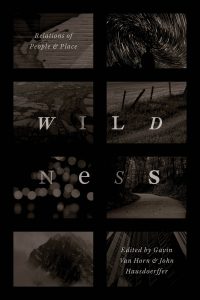 This March saw the publication of the new book Wildness: Relations of People and Place, edited by Gavin Van Horn and John Hausdoerffer (Univ. of Chicago Press, 2017), an environmental humanities project sponsored by the Center for Humans and Nature. Part 3 of the book, entitled Urban Wild, includes an essay I co-wrote with Mr. Michael Howard, a Chicago community leader, conservationist, and environmental educator: “Cultivating the Wild on Chicago’s South Side: Stories of People and Nature at Eden Place Nature Center.”
This March saw the publication of the new book Wildness: Relations of People and Place, edited by Gavin Van Horn and John Hausdoerffer (Univ. of Chicago Press, 2017), an environmental humanities project sponsored by the Center for Humans and Nature. Part 3 of the book, entitled Urban Wild, includes an essay I co-wrote with Mr. Michael Howard, a Chicago community leader, conservationist, and environmental educator: “Cultivating the Wild on Chicago’s South Side: Stories of People and Nature at Eden Place Nature Center.”
I’m fortunate to have been part of this wonderful project, which began with a writer’s retreat in September of 2014 in Crested Butte, CO, featuring writing workshops by the award-winning scientist and nature writer, Robert Michael Pyle (whose own essay follows a poem by none other than the legendary Gary Snyder). My interviews and writing sessions with Mr. Howard at Eden Place in 2015, and the three semesters I’ve worked there with my students each fall since 2014, have made getting a sense of this special place in the world an immensely gratifying experience. Thanks to Gavin and John for shepherding this project through its publication!
From the book’s promo page on the Univ. of Chicago Press website:
Whether referring to a place, a nonhuman animal or plant, or a state of mind, wild indicates autonomy and agency, a will to be, a unique expression of life. Yet two contrasting ideas about wild nature permeate contemporary discussions: either that nature is most wild in the absence of a defiling human presence, or that nature is completely humanized and nothing is truly wild.
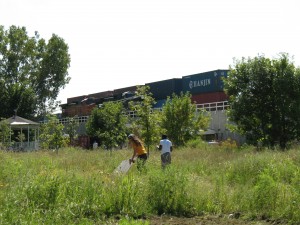
This book charts a different path. Exploring how people can become attuned to the wild community of life and also contribute to the well-being of the wild places in which we live, work, and play, Wildness brings together esteemed authors from a variety of landscapes, cultures, and backgrounds to share their stories about the interdependence of everyday human lifeways and wildness. As they show, far from being an all or nothing proposition, wildness exists in variations and degrees that range from cultivated soils to multigenerational forests to sunflowers pushing through cracks in a city alley. Spanning diverse geographies, these essays celebrate the continuum of wildness, revealing the many ways in which human communities can nurture, adapt to, and thrive alongside their wild nonhuman kin.
From the contoured lands of Wisconsin’s Driftless region to remote Alaska, from the amazing adaptations of animals and plants living in the concrete jungle to indigenous lands and harvest ceremonies, from backyards to reclaimed urban industrial sites, from microcosms to bioregions and atmospheres, manifestations of wildness are everywhere. With this book, we gain insight into what wildness is and could be, as well as how it might be recovered in our lives—and with it, how we might unearth a more profound, wilder understanding of what it means to be human.
Visit the Center for Humans and Nature’s Wildness website for upcoming events and a series of related short films, including one of Michael Howard and Michael Bryson talking about Eden Place.
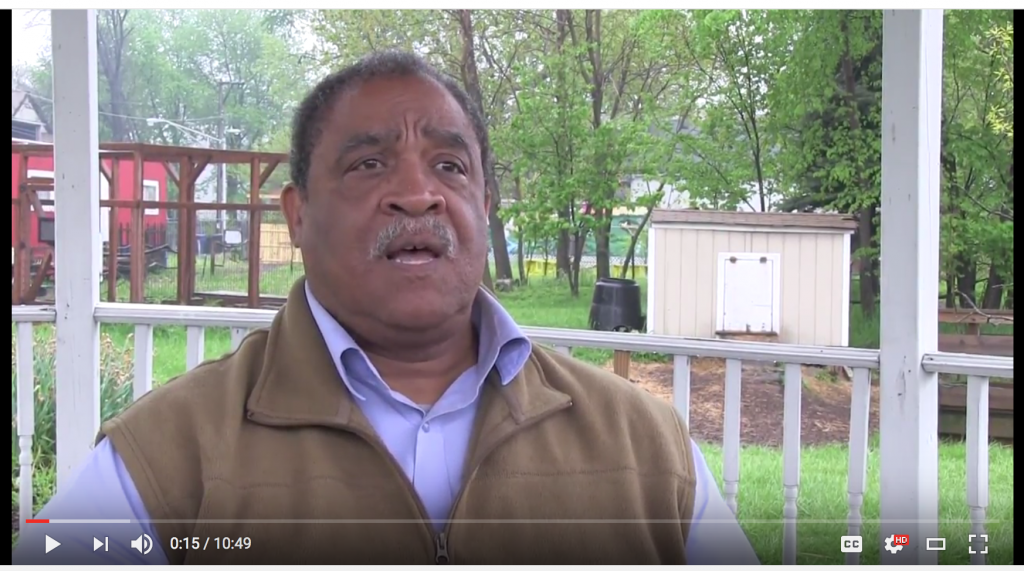 Click on the image above to go to the video interview of Michael Howard (pictured) and Michael Bryson at Eden Place Nature Center.
Click on the image above to go to the video interview of Michael Howard (pictured) and Michael Bryson at Eden Place Nature Center.
Today is Honors Research Day @RooseveltU’s Chicago Campus
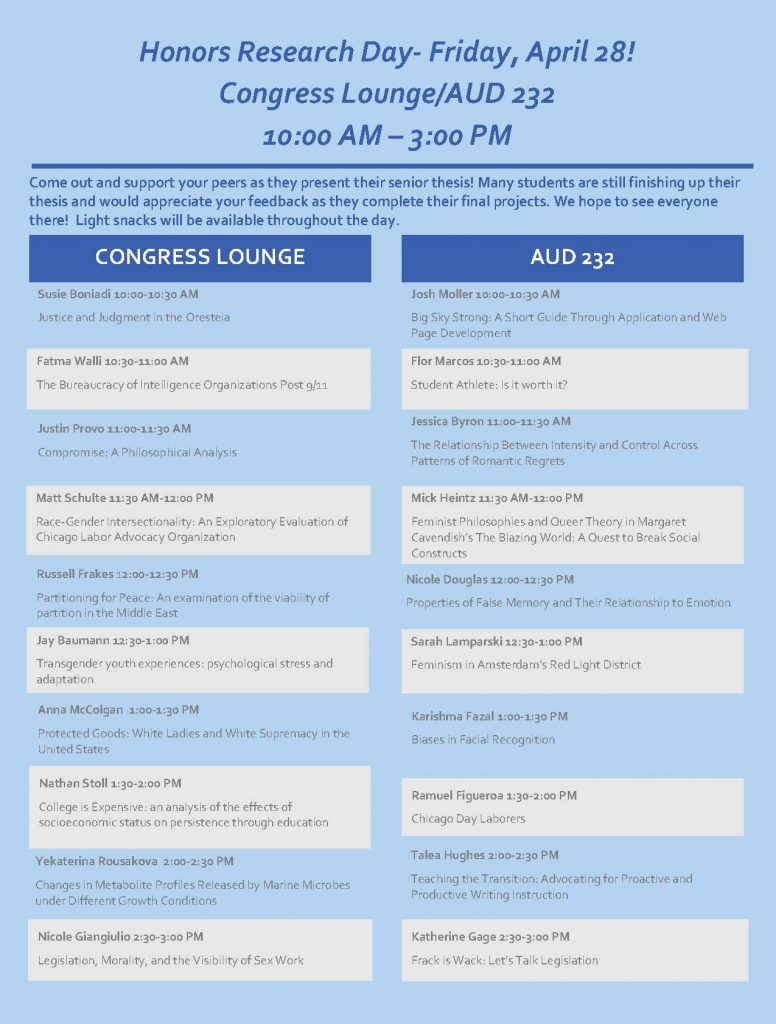 Also see the pdf version of this image.
Also see the pdf version of this image.
Water Stories: Narrative, Urban Sustainability, and the Fluid Future of the Otakaro-Avon River in Christchurch, New Zealand
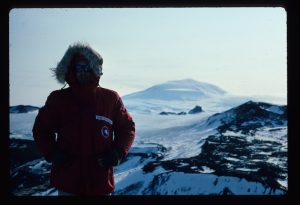
Twenty-five years ago, I had a once-in-a-lifetime opportunity to travel to Antarctica as part of a scientific research expedition from Woods Hole Oceanographic Institution. Taking a semester’s leave from my graduate studies at SUNY Stony Brook, I worked for two months as a field technician and writer-in-residence on a team researching the biogeochemistry of Lake Fryxell, a permanently frozen-over lake in Antarctica’s Dry Valleys. This extraordinary experience was memorable in many ways, including a brief three-day stopover in New Zealand, where we made our final preparations at the US Antarctic Program’s headquarters in Christchurch before flying to McMurdo Station on the Ross Ice Shelf.
 Now as a mid-career academic seeking new challenges and opportunities beyond my Midwestern home at the southern rim of the Great Lakes — and having traveled outside the US (to Canada) only twice during this time — I decided to apply for a Fulbright Scholar fellowship to explore a distant locale that has always resonated powerfully in my memory. But this time, instead of a mere fleeting taste of Christchurch and a brief fly-over of the North and South Islands, I hope to spend several months in 2018 researching, writing, and living in New Zealand, based at Lincoln University a few kilometers outside of Christchurch, in order to enrich my understanding of urban river ecosystems as well as gain a much-needed global perspective on my scholarship and teaching.
Now as a mid-career academic seeking new challenges and opportunities beyond my Midwestern home at the southern rim of the Great Lakes — and having traveled outside the US (to Canada) only twice during this time — I decided to apply for a Fulbright Scholar fellowship to explore a distant locale that has always resonated powerfully in my memory. But this time, instead of a mere fleeting taste of Christchurch and a brief fly-over of the North and South Islands, I hope to spend several months in 2018 researching, writing, and living in New Zealand, based at Lincoln University a few kilometers outside of Christchurch, in order to enrich my understanding of urban river ecosystems as well as gain a much-needed global perspective on my scholarship and teaching.
Objectives and Methodology: My proposed project focuses on the Otakaro-Avon River that flows through Christchurch, NZ, as a natural and human ecosystem undergoing stress and change. The Otakaro-Avon is an important focal point of urban sustainability planning and ecological restoration. Using the qualitative research framework of the environmental humanities, which blends insights and analytic methods from literary studies, environmental history, ecology, and other disciplines, I plan to undertake an ecocritical study of this urban river’s history, present condition, and future prospects in the context of urban redevelopment underway after the 2011 earthquake that devastated Christchurch and many of its suburbs. This place- and observation-based perspective on the Otakaro-Avon watershed merges humanistic scholarship with physical exploration of the river as a highly modified, impaired, yet still biologically rich ecosystem with great sociocultural significance.
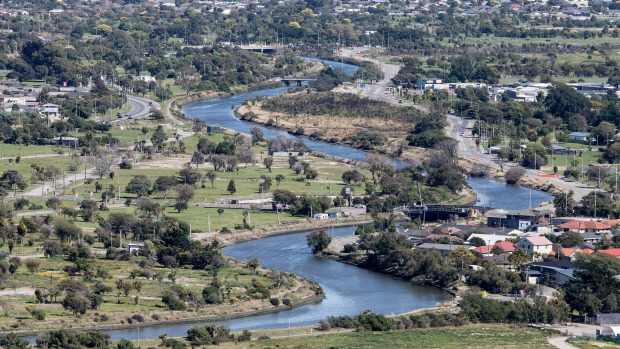
I will examine a wide range of “water stories” focused on the river — from historical documents to scientific analyses to technical reports — as well as current representations of the river in post-earthquake planning documents and journalistic accounts; conservationist, community-based, and indigenous discourse; plans for memorials and sustainable redevelopment along the river; and works of literature, film, and online media. This research will influence the crafting of my own stories of the Otakaro-Avon River and its fluid future, based on my in-the-field observations and experiences, in both narrative forms suitable for general readers as well as in scholarly prose for academic audiences — much as I have done in my recent work on the Chicago River‘s history, ecology, and future sustainability.
Key questions to be addressed in this project include but are not limited to:
- How has the Otakaro-Avon River been utilized, modified, polluted, exploited, abused, defended, etc. over time? How does the history, quality, and character of the river inform people’s relationship to its present state and future prospects?
- In what ways is the river important, economically and culturally, to the Maori indigenous people (as mahinga kai, a food-gathering place) as well as New Zealanders of European descent? How do people in Otakaro-Avon River’s watershed connect to the waterway? What kinds of activities do they undertake in terms of recreation, industry, and conservation?
- What role do the river’s conservation and restoration have in the ongoing redevelopment of Christchurch’s Red Zone and within the city’s future sustainability?
- How do the above issues intersect with questions of environmental justice, especially with respect to toxic pollution, public access to water resources and open space, and iwi (indigenous people) living with the Otakaro-Avon River watershed?
As an interdisciplinary-minded scholar within the environmental humanities, I employ a qualitative research approach. Using the analytic tools of ecocriticism, I emphasize the close reading and analysis of individual texts, their relationships with one another, and their place in the broad contexts of scientific discourse, nature writing, environmental history, and sustainability. At root, my work starts from the premises that the urban environment (both built and natural) is a worthy object of study; that natural resources are imperiled and therefore in need of protection and conservation; and that humanistic inquiry about the myriad relationships between humanity and nature in cities can foster, in the long run, ecological awareness and environmental progress.
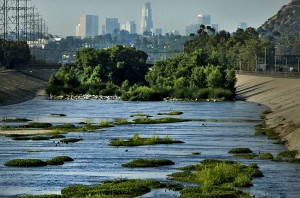
Academic and Professional Context: Urban rivers are many things simultaneously: corridors of biodiversity, green infrastructure for storm water retention, transportation arteries for commerce, waste sinks, places of human recreation, and sites of environmental restoration. This partial list illustrates their dual nature: waterways in cities are all too often heavily polluted, modified, and abused ecosystems that bear scant resemblance to their former selves. They function as receptacles of waste and servants of commerce/industry, at the expense of water quality and biodiversity; and in many cases, city dwellers are physically as well as culturally cut off from access to waterways.
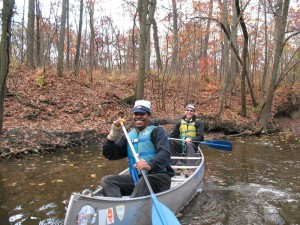
Yet urban rivers also harbor tremendous renrenga ropi (biodiversity) and exhibit a capacity to connect citizens to the natural world that exists cheek-by-jowl with the built environment as well as to their cities’ natural and cultural histories. In this sense, damaged urban water systems are pathways of connection that can foster a sense of place vital to building an environmental ethic of care among city dwellers.
Geographers, urban ecologists, environmental scientists, and sustainability scholars are assessing waterways as a critical component of urban ecosystems. Given that cities consume energy and resources from far beyond their geographic boundaries and produce high levels of waste as well as greenhouse gases, their future sustainability depends upon large-scale actions such as repairing water/wastewater infrastructure, conserving energy, improving transportation access and efficiency, enhancing biodiversity, and reducing material waste.
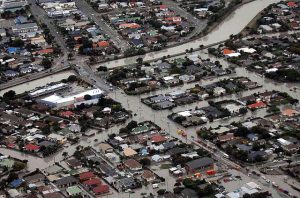
Such goals are complicated and made urgent by the destructiveness of natural disasters. The 2011 Christchurch earthquake provides a monumental challenge as well as golden opportunity for inclusive and socially just urban planning that embraces environmental sustainability as a central goal. Unsurprisingly, the Otakaro-Avon River is prominent within this planning and rebuilding process (and illustrative of its many challenges).
More broadly, urban rivers provide a specific context for assessing the impacts of global urbanization on human relationships to nature. As of 2015, over 50% of the world’s population is urban; in the US and NZ, that figure is 82% and 86%, respectively, according to the World Bank. A consequence of this is a pervasive (though hardly universal) alienation from the natural world of urban citizens. River systems constitute important natural resources where people can have direct and meaningful contact with nature close to where they live.
The stories we tell about cities and rivers are a means of grappling with the ideas and questions noted above. While the natural and social sciences generate vital empirical data on urban rivers, the role of the arts and humanities is uniquely critical to understanding urban waterways and our relationships to them. Our “water stories” are both a means of representing our values and history as well as a method of critique. The fundamental power of storytelling within human experience points to the impact of artistic expression and humanistic analysis on understanding the importance of waterways within urban ecosystems and human communities.
Significance of Study: Understanding the role of water in urban ecosystems is vital to improving the resilience of cities (e.g., protecting people and property from floods and other environmental disasters) and making them more sustainable (e.g., improving water retention and quality through expansion of green infrastructure). Cities are where most people in the world now live, a trend that will continue in coming decades as we grapple with the impacts of climate change, water quality degradation, toxic pollution, and environmental injustice. As a vital resource for all human communities, water is an important node of inquiry within environmental science and, more broadly, sustainability studies.
Urban rivers (and their watersheds, which include tributaries, wetlands, and estuaries) are ideal barometers of the ecological and socio-cultural health of our cities as well as our attitudes about and connections to the natural world. The Otakaro-Avon River is one of New Zealand’s most polluted waterways and, at the same time, one of its most important — both ecologically and symbolically — given the high number of people who live and work within its watershed and its centrality within the city’s earthquake recovery process.
Enhancing our knowledge, awareness, and appreciation of the river’s status and value is vital to its remediation and restoration as a living ecosystem that is not just an integral part of Christchurch’s green infrastructure, but also a significant thread within the city’s historical and cultural fabric. My research will explore how stories have defined the Otakaro-Avon River thus far, and how new ones might shape its sustainable future.
Why New Zealand? As an island country distinguished by highly diverse ecosystems, small and large cities, a vibrant indigenous culture, famously productive agricultural lands, longstanding conservation values, and threatened ecosystems and natural resources, New Zealand is a remarkable laboratory for exploring questions of environmental sustainability in the early 21st century.
Possessing a uniquely complex postcolonial mix of people from indigenous Maori (tangata whenua), European, and trans-Pacific Island cultures, New Zealand is progressive in its formal and structural recognition of indigenous rights, which has important implications for urban sustainable development and environmental conservation. More locally, Christchurch is a vitally important urban center: not only is it the biggest city on the South Island (pop. ~366,000), but its ongoing efforts to recover from the devastating earthquake in 2011 make it a test case for how cities can respond to natural disasters and seize opportunities to improve the sustainability of urban infrastructure, revitalize waterways, increase open space, enhance biodiversity, and involve the citizenry within the ongoing planning and reconstruction process.
Lincoln University: An incredible wealth of people and resources exist in and around Christchurch that would be invaluable to me as a scholar and writer. The Faculty of Environment, Society, and Design and its Department of Environmental Management at Lincoln University — a land-based institution located near Christchurch with a phenomenal array of environmental academic programs and research centres — offer an interdisciplinary community of scholars and teachers dedicated to environmental research and sustainability education.
LU’s Centre of Land, Environment, and People (LEaP), which is closely affiliated with the aforementioned Faculty, provides an intellectual home for research and collaboration with scholars and students from diverse disciplines spanning the natural/social sciences, the humanities, and various technical fields. Additionally, the Waterways Centre for Freshwater Management, a research collaboration between LU and the University of Canterbury, has published a wealth of technical reports on water resources throughout the Christchurch metro area and the Canterbury region, and would be an invaluable resource for advice and collaboration.
